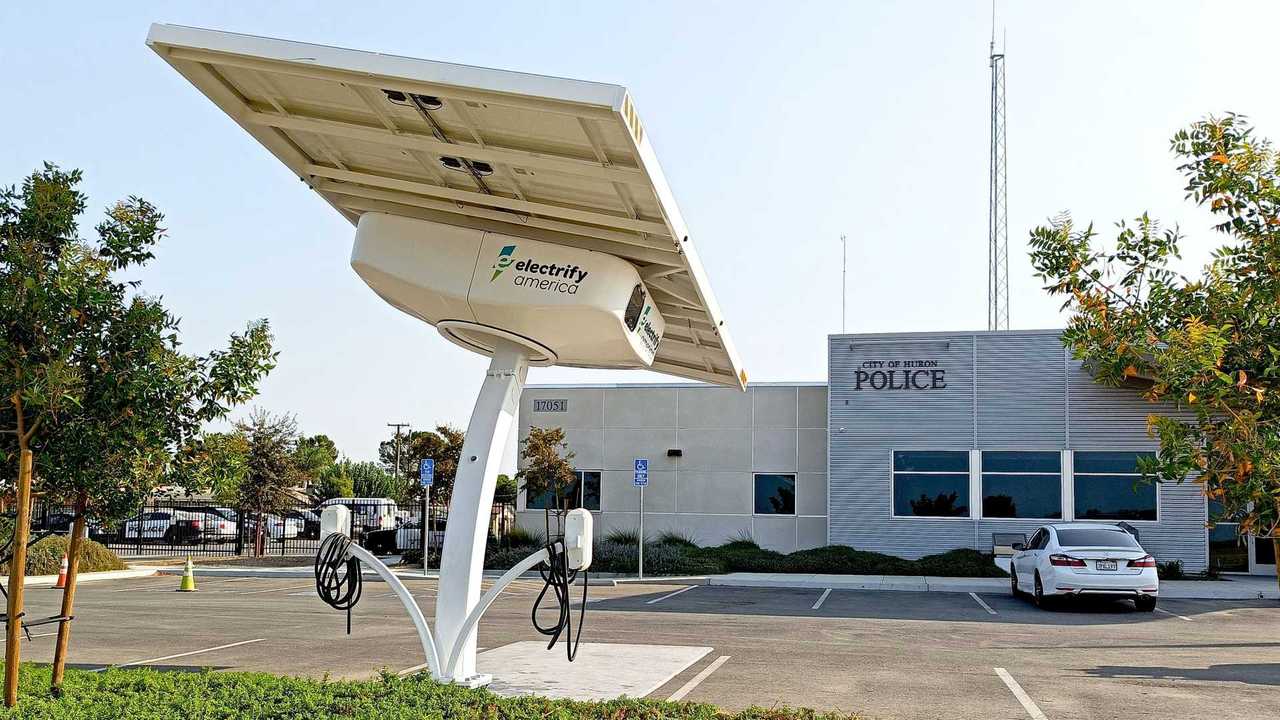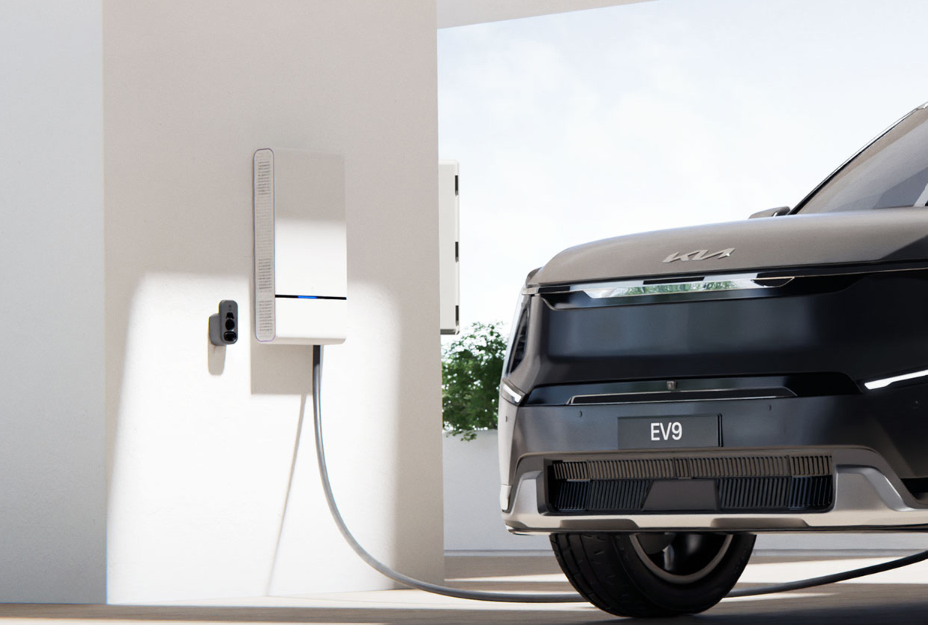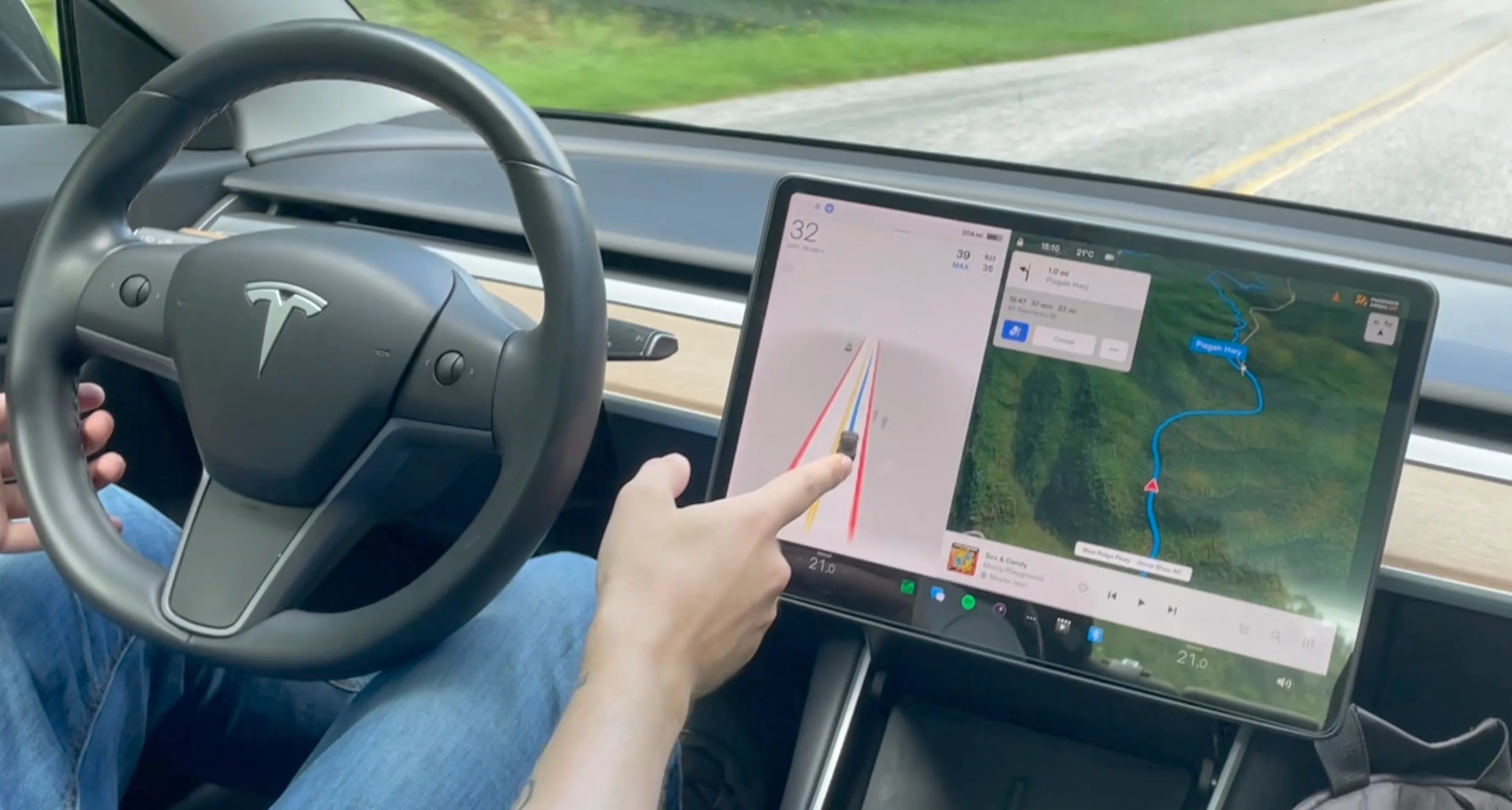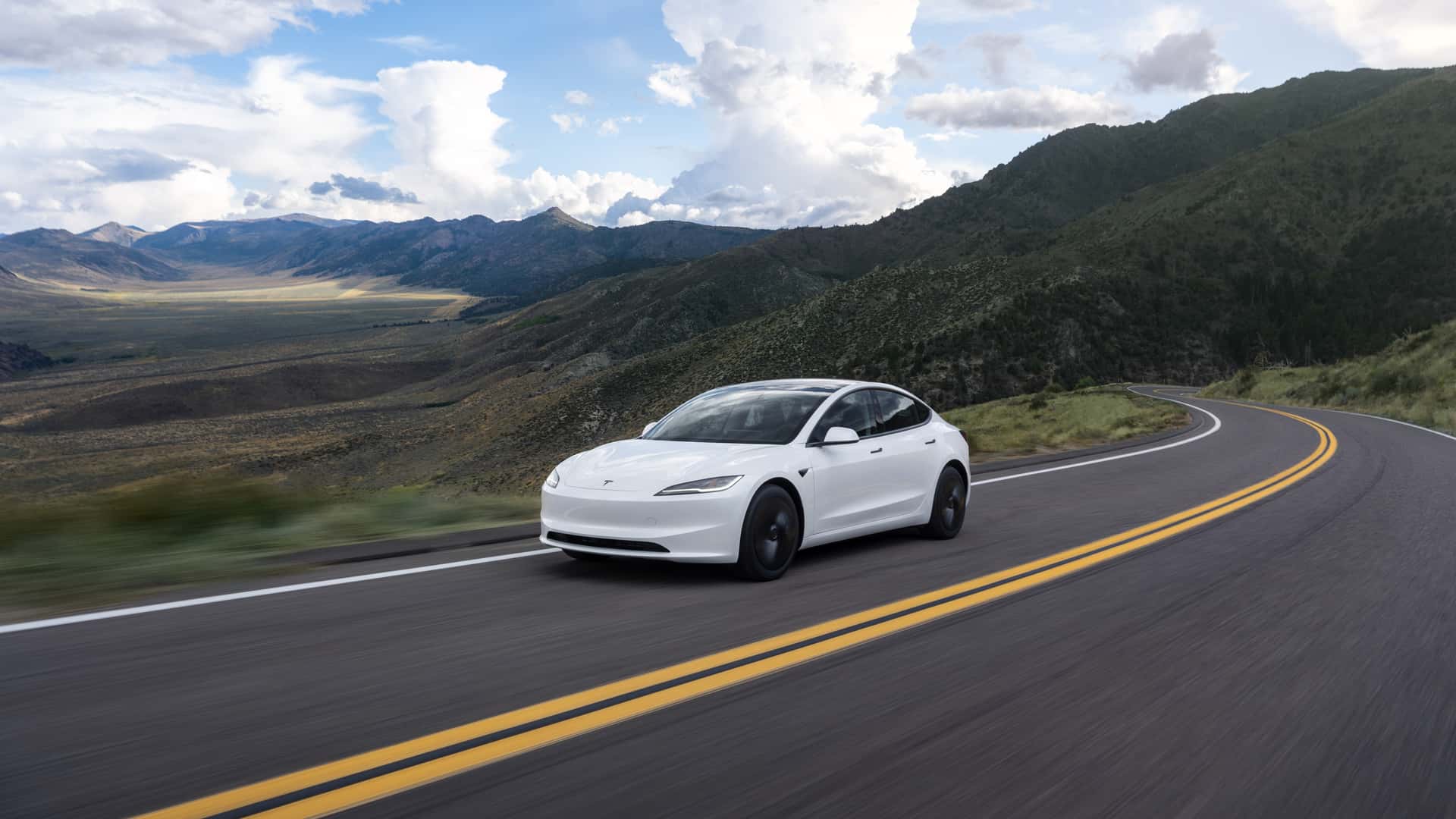California’s rapid adoption of electric vehicles (EVs) has created an urgent need for robust infrastructure development. While state agencies have acknowledged these challenges and begun funding grid improvements and expanding public charging networks, a growing chorus of experts warns that further coordination across sectors is essential to support long-term growth.
Public Investment in Charging Infrastructure
To address charging gaps across underserved regions, the state has launched several major initiatives. Chief among them is the California Electric Vehicle Infrastructure Project (CALeVIP), which provides financial incentives to install Level 2 and DC fast chargers in rural and urban areas lacking adequate infrastructure.
CALeVIP is designed not only to close accessibility gaps but also to accelerate the installation of reliable public charging options for low- and middle-income communities. Between 2017 and 2025, CALeVIP has funded over 10,000 charging ports across dozens of counties.
📊 California EV Infrastructure Expansion (2020–2025)
| Program | Type of Support | Impact (as of 2025) |
|---|---|---|
| CALeVIP | Rebates, technical guidance | 10,000+ chargers funded |
| CEC Grants | Grid resilience investment | $1.5B allocated to utility upgrades |
| SB 100 Regulations | Mandated EV readiness | Applies to new MUDs & commercial buildings |
New Building Codes and Long-Term Readiness
In line with long-term electrification goals, California’s new building codes require that newly constructed multi-unit dwellings (MUDs) and commercial properties include EV charging infrastructure or at least be EV charger-ready. These codes reflect a forward-looking approach, ensuring that buildings erected today will be capable of supporting the EV fleet of tomorrow.
However, these efforts alone are insufficient without addressing the state’s broader power delivery ecosystem.
Grid Resilience Is the Next Frontier
The California Energy Commission (CEC), in its 2025 annual report, stressed that EV infrastructure development must occur in parallel with generation capacity and grid resilience.
“Charging infrastructure must develop in synchronization with generation capability and transmission resilience.”
— California Energy Commission, 2025
California’s electrical grid already experiences stress during peak heat seasons. Without strategic coordination, the simultaneous scaling of EV charging and increasing residential loads could outpace generation and storage capacity.
The Need for Cross-Sector Coordination
Bridging this gap requires alignment between:
-
Transportation Planners – to forecast charging demand by region and route.
-
Utility Operators – to expand localized generation and strengthen transmission.
-
EV Industry Stakeholders – to develop fast, scalable, and interoperable charging solutions.
The CEC has urged for regional planning consortiums that unify these players to streamline infrastructure expansion efforts. Early success in regions such as the Central Valley, where CALeVIP-funded chargers have been installed alongside grid upgrades, demonstrates the benefits of this approach.
Moving Forward: Recommendations
To ensure EV adoption does not outpace infrastructure, California must:
-
Maintain and expand CALeVIP-style programs across all counties.
-
Mandate dynamic grid-capacity assessments during charger deployment planning.
-
Invest in smart grid technologies to optimize energy use during peak EV charging periods.
-
Incentivize vehicle-to-grid (V2G) systems to buffer local demand.
Conclusion
California is laying a strong foundation for a sustainable EV future. But without synchronized efforts between agencies, utilities, and private stakeholders, progress could be undermined by electrical bottlenecks and uneven access. Strategic coordination and continued investment are critical to delivering the reliable and equitable charging infrastructure Californians will need in the years ahead.
Author:Lay Wen
Recommend Reading: Tesla Launches First Fully Off-Grid Solar Supercharger Station in California








Share:
Tesla Launches First Fully Off-Grid Solar Supercharger Station in California
Tesla Ordered to Refund Full Self-Driving Fee After Failing to Deliver Functionality